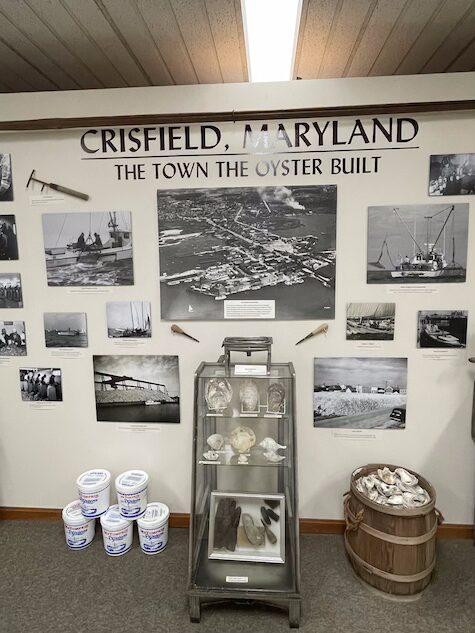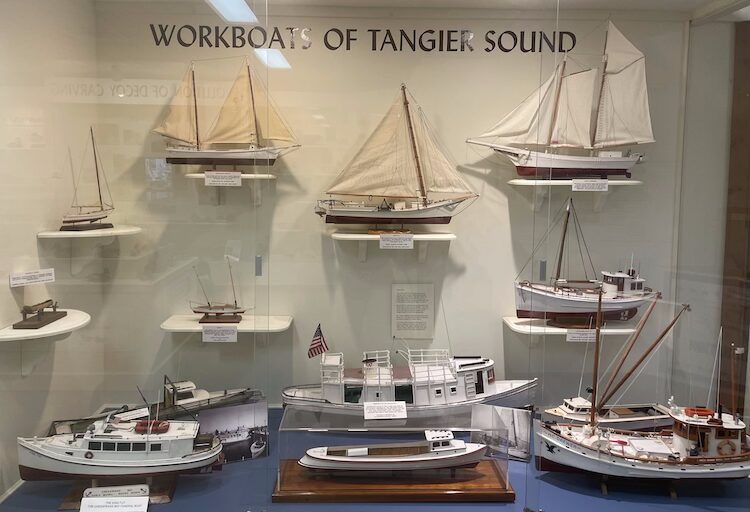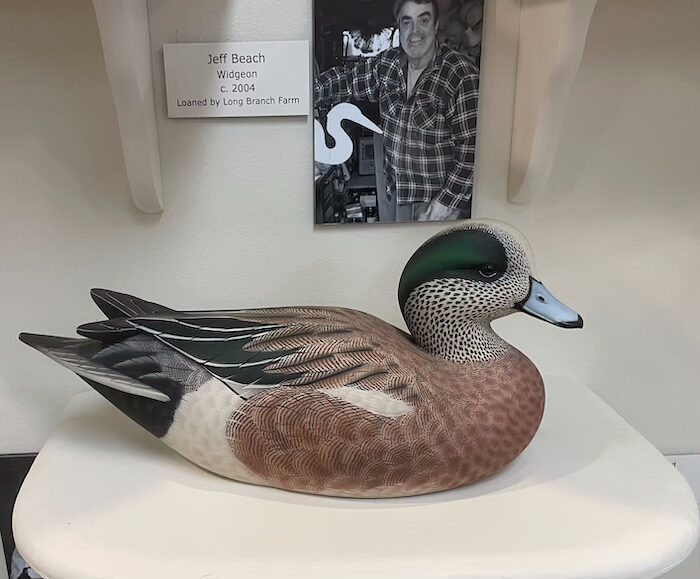Mark’s Score 8.9

I have a confession; I love small town quirky museums. I developed a taste for small town museums while living in Australia. It seems that every little Australian bush community has a museum full of common everyday items, many times displayed without rhyme or reason. Curating is something done in big cities. But in a way, these museums always fit their place, they teach you how locals live and what is important to them. Sometimes you even run across a really excellent small-town museum and Tawes definitely falls into that category.

The museum was named after J. Millard Tawes who grew up in Crisfield and was governor of Maryland from 1959 – 1967. The museum is owned by the Crisfield Heritage Foundation whose mission is to preserve the historical heritage of Crisfield.
I visited Tawes on a rainy day. I had planned to go kayaking on Janes Island, but they weren’t renting kayaks, due to the weather. I was already in Crisfield, so I decided to visit Tawes. On this particular day there was a large group of grammar students visiting the museum. The staff was apologetic and directed me to the galleries not yet full of screaming students. They suggested I might even want to visit another time. But in actual fact I was delighted to see the students, because Tawes perfectly executes what should be the mission of all small-town museums, it tells the story of Crisfield, which can be summed up as oysters, crabs, watermen, and duck hunting.

First among the exhibits is the oyster exhibit. Crisfield is, “the town the oyster built,” according to the oyster exhibit. In fact, most of the neck of land where you find the ferries to Smith and Tangier Islands, the marina, and the museum itself is reclaimed land build on beds of oyster shells discarded during Crisfield’s oystering heyday. The town was once the center of oyster fishing and canning. The waterfront was once lined with oyster and crab canning facilities. The exhibit contains photos, tools, and the personal stories detailing this once great industry.

Another exhibit displays replicas of the workboats of the Tangier Sound. Crisfield is first and foremost a working port. Ferries transport people to and from the bay islands. Schooners once set sail from Crisfield carrying people and goods up and down the bay. There are models of a variety of boats used by oystermen, fishermen, and crabbers. One gets the sense that the bay was indeed at the center of residents’ working lives.
The final gallery contains a collection of decoys. Which is fitting, because Crisfield is home to the world’s most accomplished decoy artist, Lem and Steve Ward. The Ward brothers were local barbers who eventually become world famous for their waterfowl wood carvings.

In my estimation, the Tawes Museum is one of the finest examples of small-town museums I have ever run across. You walk out of that museum with an understanding of the history and culture of Crisfield. What more could you ask of a small town museum?

Leave a Reply